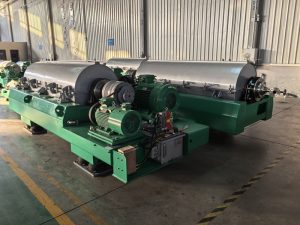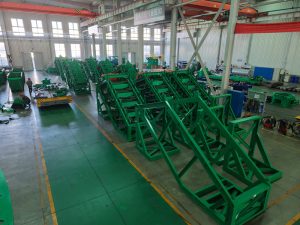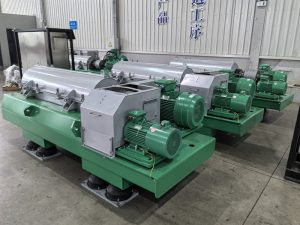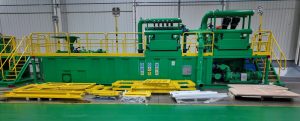In iron ore beneficiation, maintaining clean and stable feed quality is essential for achieving high flotation efficiency and stable plant performance. Before ore enters the flotation stage, impurities such as grass roots, bark, plastic fragments, and even explosive fuse remnants can severely affect downstream operations. These contaminants not only reduce flotation efficiency but also lead to equipment blockage, downtime, and increased maintenance costs.
To address these issues, GN Separation offers the GN Trash Screen (Model: GNGZ1840A), a purpose-built solution designed to safeguard the purity of raw ore materials before flotation.
Efficient Impurity Removal for Iron Ore Processing
The GNGZ1840A Trash Screen is engineered specifically for impurity removal in iron ore preparation plants. It combines powerful vibration with a durable, purpose-designed screen deck to effectively separate unwanted materials from the ore stream.
Key Benefits:
1. Reliable Separation of Undesirable Materials
The screen efficiently removes light and fibrous contaminants such as:
-
Grass roots
-
Bark and wood pieces
-
Plastic or foreign soft materials
-
Explosive fuse fragments
These impurities often originate from mining, blasting, and transportation. Removing them at the earliest stage protects the downstream process.
2. Improved Flotation Concentrate Quality
By maintaining a cleaner feed, the flotation process becomes more stable and selective. Cleaner ore slurry directly contributes to:
-
Higher iron grade
-
Reduced reagent consumption
-
Lower risk of interference in flotation cells
3. Reduced Equipment Downtime
Trash materials can easily cause pump blockages, pipeline choking, and screen blinding. The GN Trash Screen helps operators significantly reduce:
-
Unplanned shutdowns
-
Maintenance frequency
-
Wear on downstream equipment
This results in lower operating costs and higher overall plant availability.
Robust Structure and Reliable Performance
The GNGZ1840A Trash Screen features:
-
Strong vibration force for efficient stratification
-
Reinforced screen box suitable for heavy-duty mining applications
-
Customized screen panels designed to balance strength, permeability, and wear resistance
-
Stable operation even under fluctuating feed conditions
Every component is engineered to withstand harsh mining environments, ensuring long service life and consistent performance.
GN Separation – Complete Solutions for Mining and Mineral Processing
GN Separation provides a comprehensive range of solid–liquid separation and classification equipment for the mining industry. Beyond the Trash Screen, GN offers a wide portfolio of mineral processing solutions, including: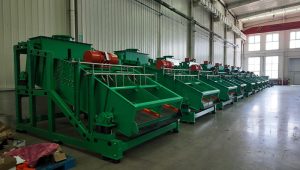
1. Mining Vibrating Screens
GN manufactures several types of vibrating screens for classification, dewatering, and desliming applications:
-
High-frequency vibrating screens
-
Large flip-flow vibrating screens
-
Synergistic frequency vibrating screens
-
High shear circular screens
These screens are designed to handle fine materials, high-moisture feeds, and demanding capacity requirements.
2. Tailing Management Solutions
GN provides decanter centrifuges specifically developed for:
-
Tailing dewatering
-
Recovery of valuable solids
-
Sludge volume reduction
The machines feature rugged construction, wear-resistant materials, and automation options for stable tailing treatment.
3. Material Transfer Equipment
To support mining plant logistics, GN also offers:
-
U-Type screw conveyors
-
Progressive cavity pumps (single screw pumps)
-
Vacuum pumps for solids and slurry transport
These systems streamline material handling and ensure smooth operations across processing lines.
Conclusion
The GN GNGZ1840A Trash Screen is a crucial piece of equipment for iron ore beneficiation plants, protecting flotation processes from contaminants and ensuring high-quality concentrate production. Its strong separation capacity, durable design, and consistent performance make it an essential tool for maintaining operational efficiency.
Combined with GN’s extensive range of mining-class screening, dewatering, and conveying equipment, GN Separation continues to deliver reliable, industry-proven solutions for mineral processing plants worldwide.
If you would like, I can also prepare:
-
A shorter marketing version
-
A Chinese version
-
A website landing page rewrite
-
A brochure-style description
Just let me know!

